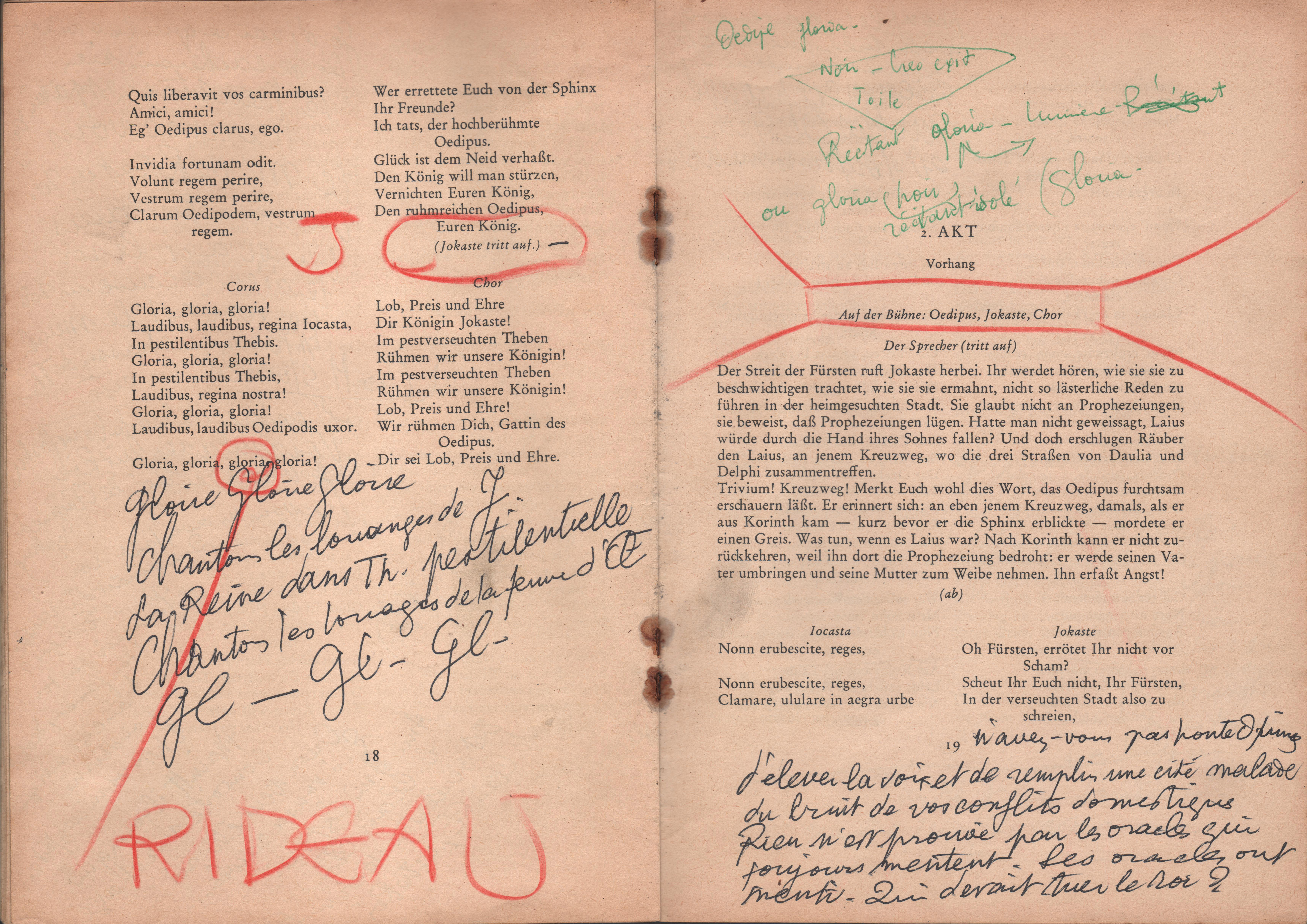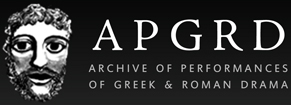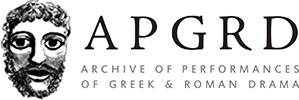archive, noun.
1. a collection of historical documents concerning the activities of an individual, group of individuals, organisation, association, or nation. 2. the place in which such documents are stored.

Experience the thrill of studying material from an archival collection for the first time and it is immediately clear that an archive amounts to far more than the definitions above suggest. To delve into an archive is to pick at the seams of a rich historical tapestry that weaves together hints and allusions, coincidences and parallels. It is to feel the pleasure of personal connection, the joy of stumbling across the unexpected, the poignancy of encountering moments of raw human emotion. An archive can be a source of inspiration and identity for its users, who bring their own experiences and understanding to bear upon its collections. As the Scottish writer Sara Sheridan suggests, documents within an archive are ‘like signposted roads, heading to a variety of intriguing possibilities’.
Ancient archives
Among the earliest evidence of archives are the collections of clay tablets found at sites such as Mari, Syria, or in Hattusa, Anatolia, which date from c. 1900 BCE. The tablets found in the ancient kingdom of Ebla, approximately 55km south-west of Aleppo in Syria, are even older. Thought to date from c. 2500 BCE to 2250 BCE, the tablets were discovered among the collapsed shelves upon which it is believed they were originally stored prior to the destruction of Ebla around 2250 BCE. The tradition of keeping economic, religious, legal and literary texts continued in ancient Greece and Rome, with the most important legislative documents held in purpose-built record offices such as the Roman Tabularium, situated in the Forum and first constructed in 78 BCE. We derive the modern English word ‘archives’ ultimately from the ancient Greek ta arkheia, meaning ‘public records’.
Preserving the past
Deciding whether an item is worthy of archival preservation is, fundamentally, a question of whether it can be said to be of continuing value. This value could be measured in terms of its contributions to historical research, but also in terms of social, cultural or national significance. There may also be personal value attached to retaining the papers of a friend or family member. The makeup of an archive is multifaceted and collections include a wide variety of forms, such as correspondence, photographs, scripts, tickets, menus, posters, flyers, minutes for meetings, drafts of literary and scientific works, reports, film reels, and sound recordings.
 The most important function of any archive repository is arguably to preserve the records within its care. Historical documents are often fragile and entirely unique, so it is essential that they are stored safely and securely in controlled conditions that minimise the risk of damage. Air temperature and humidity impact negatively on a record, causing it to deteriorate, and are therefore carefully monitored. Archivists and users must show caution when handling items and avoid unnecessary contact where possible in an effort to reduce the risk of transfer of oil from human fingertips and excessive wear.
The most important function of any archive repository is arguably to preserve the records within its care. Historical documents are often fragile and entirely unique, so it is essential that they are stored safely and securely in controlled conditions that minimise the risk of damage. Air temperature and humidity impact negatively on a record, causing it to deteriorate, and are therefore carefully monitored. Archivists and users must show caution when handling items and avoid unnecessary contact where possible in an effort to reduce the risk of transfer of oil from human fingertips and excessive wear.
Whether an archive’s collection is large or small, both archivists and researchers need to be able to locate the information they require in a way that is logical and consistent. However, to arrange a series of documents is to impose a particular interpretation on them. A famous writer may have kept his or her papers in a certain order and this order (called the ‘original order’) will reveal something about how the writer thought about and used the collection. This means that, as far as possible, archivists seek to avoid destroying the original order of a collection by imposing their artificial interpretation and order upon it. Archives are catalogued according to international descriptive standards and these standards help to ensure clarity and uniformity across archival repositories.
Accessing the archives
As well as being responsible for the safe-keeping of their collections, archives are also important in terms of enabling access to and promoting interest in the material they hold. Exhibitions, talks and special events serve to highlight particular items and to reach out to a wider audience. Digital technology has radically transformed the way in which we engage with and experience archival collections, allowing researchers from around the world to study texts in fresh and original ways.
The APGRD’s own interactive/multimedia e-book project, for example, showcases material from its collections and encourages users to explore new ideas through a digital interaction with scans of archival objects, production photographs, videos, and audio interviews.
Far from being dusty places closed to the outside world, then, archives offer ever-increasing access to readers from a variety of backgrounds, with a wide array of interests. Archives seek to encourage curiosity and learning at all levels, prompting us to look afresh at the past through the records and testimonies of those who experienced it first-hand.
Want to read more?
- Blouin F. X. Jr. and W.G. Rosenberg. (2012). Processing the Past: Contesting Authority in History and the Archives. Oxford.
- Macintosh, F. (2012). "Museums, archives and collecting" in D. Wiles and C. Dymkowski eds. The Cambridge Companion to Theatre History. Cambridge.
- McKemmish, S. et al. (2005). Archives: Recordkeeping in Society. Kidlington.
- Millar, L. (2010). Archives: Principles and Practice. Chicago.
- Ridener, J. (2009). From Polders to Postmodernism: A Concise History of Archival Theory. Sacramento, CA.
Eleanor Swire
Eleanor Swire was awarded an MSt. in Classical Languages and Literature by the University of Oxford in 2015. During her MSt. she worked as an Archival Assistant at the APGRD, before subsequently completing a traineeship in the archives and special collections library of St. John’s College, Cambridge (2015-16). Her research interests focus primarily on the translation, expurgation and adaptation of classical texts in the nineteenth and twentieth centuries, while her archival work includes a project to successfully catalogue the personal papers of the British writer, designer, and photographer Sir Cecil Beaton.


